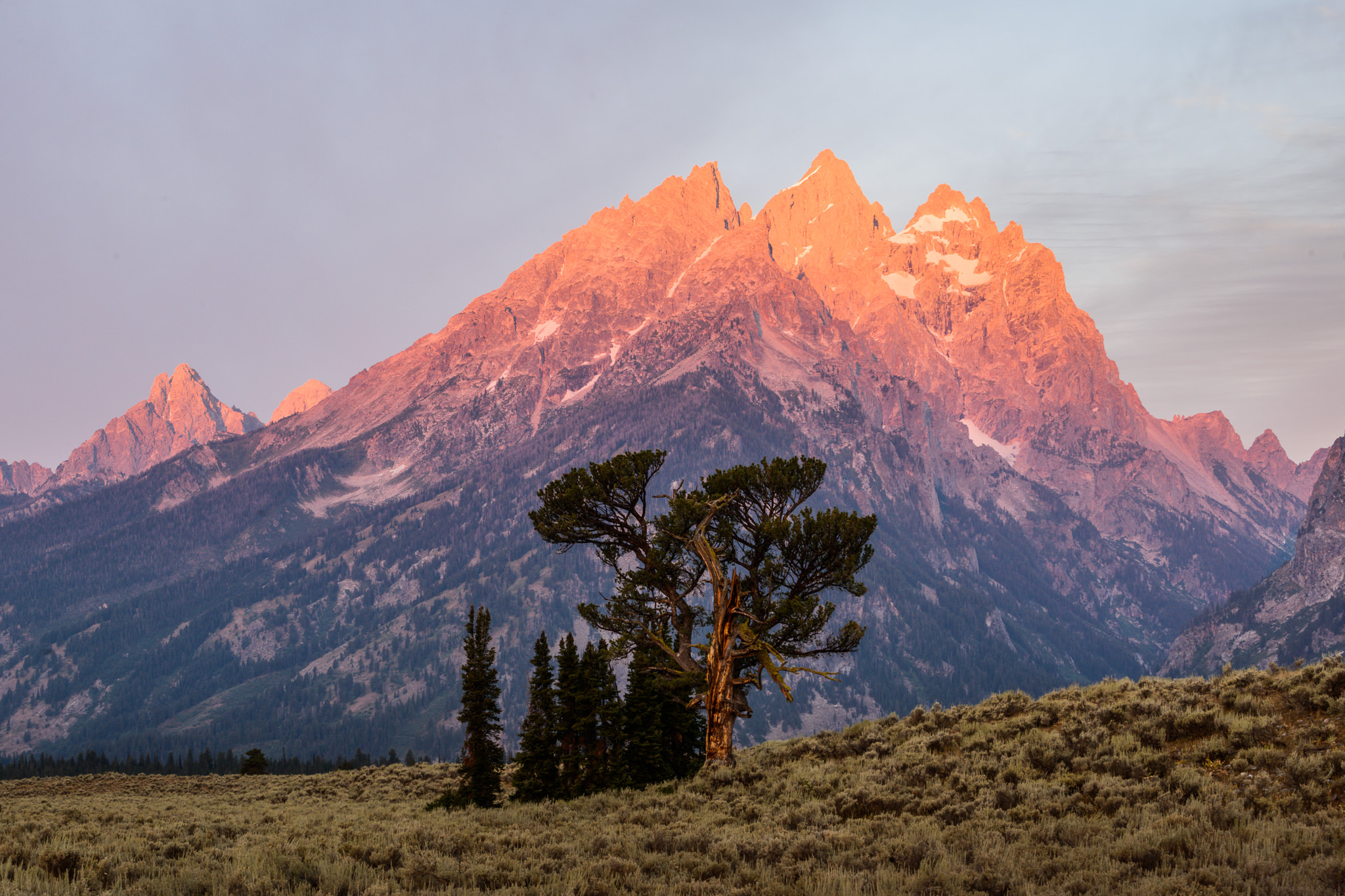Blitz News Digest
Stay updated with the latest trends and insights.
Chasing Light: Secrets to Stunning Landscapes
Unlock the secrets to breathtaking landscapes! Discover expert tips to elevate your photography and chase the perfect light.
5 Essential Tips for Capturing the Perfect Landscape Photo
Capturing the perfect landscape photo requires a blend of skill, patience, and an understanding of your environment. Here are 5 essential tips to elevate your photography game. First, consider the time of day you are shooting. Early mornings and late afternoons provide the best natural light, often referred to as the 'golden hour'. This soft sunlight enhances colors and adds depth to your images. Secondly, always scout your location ahead of time if possible. Finding the right spot can make a significant difference in composition and the overall impact of your photograph.
Next, pay attention to the rule of thirds. This principle encourages you to break your image down into thirds, both horizontally and vertically, placing important elements along these lines or at their intersections. This technique creates a more balanced and engaging composition. Additionally, consider including a foreground element in your landscape shots to provide depth and lead the viewer’s eye into the scene. Lastly, don’t forget to experiment with different angles and perspectives; sometimes the best shot is from a lower or higher vantage point.

How to Utilize Natural Light for Breathtaking Landscape Shots
Utilizing natural light is essential for capturing breathtaking landscape shots that resonate with viewers. The golden hours—> the hour after sunrise and the hour before sunset—> are particularly advantageous as the soft light creates stunning shadows and highlights that enhance the sensory appeal of nature. To make the most of this magical time, plan your photography outings around these periods. Additionally, pay attention to changing weather conditions; overcast days can diffuse sunlight, providing a soft, even light that reduces harsh contrasts, while dramatic cloud formations can add depth and intrigue to your compositions.
When composing your shots, consider the direction of natural light. Position yourself so that the light illuminates your subject from the side or back, providing depth and a three-dimensional quality to your images. Incorporating foreground elements, such as rocks or flowers, can frame your subject and lead the viewer's eye into the scene. Experiment with various angles and perspectives to showcase the interplay of light and texture, and don’t shy away from shooting during different times of day. Ultimately, by embracing the ever-changing characteristics of natural light, you can transform ordinary landscapes into extraordinary visual narratives.
What Are the Best Times of Day for Stunning Landscape Photography?
When it comes to capturing stunning landscape photography, timing is everything. The best times of day to shoot are often during the golden hour, which occurs shortly after sunrise and before sunset. During these times, the sunlight is softer and warmer, casting a beautiful golden hue over the scenery. This not only enhances the colors of your landscape but also creates long shadows that add depth and interest to your images. Photographers seeking dramatic effects should also consider the blue hour, which happens just before sunrise and right after sunset when the sky takes on a rich, deep blue color that beautifully contrasts with artificial lights.
Another important factor in determining the best times of day for landscape photography is the weather. Overcast days can provide soft diffused light, ideal for minimizing harsh shadows and showcasing vibrant colors, particularly in forested or mountainous areas. In contrast, clear days can enhance the saturation of colors, particularly during the midday sun when the light can be a bit harsh; however, this can be mitigated by finding shaded areas or shooting in a way that utilizes reflections in water bodies. Ultimately, to become a master in capturing the essence of landscapes, photographers should experiment with different times and weather conditions to discover which combinations yield the most stunning results for their unique vision.